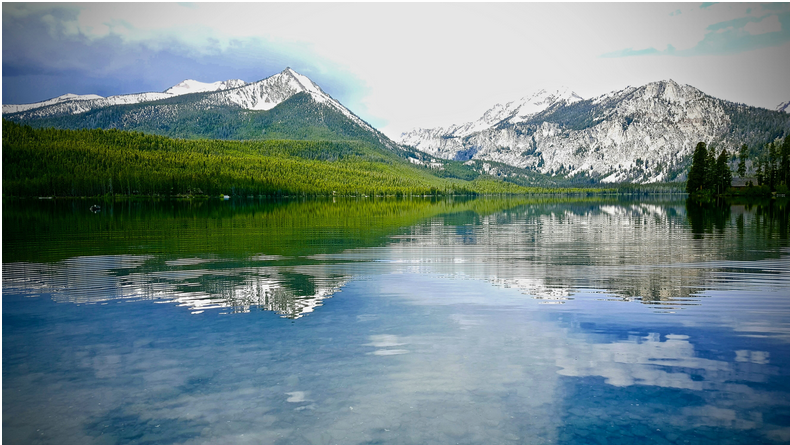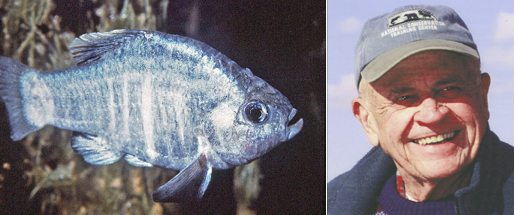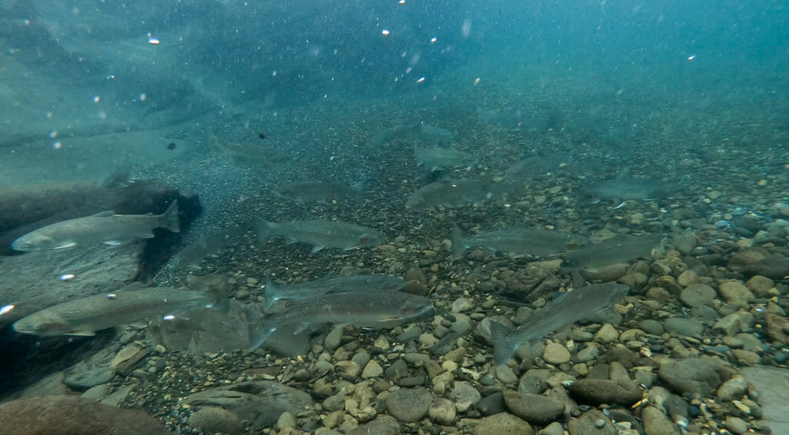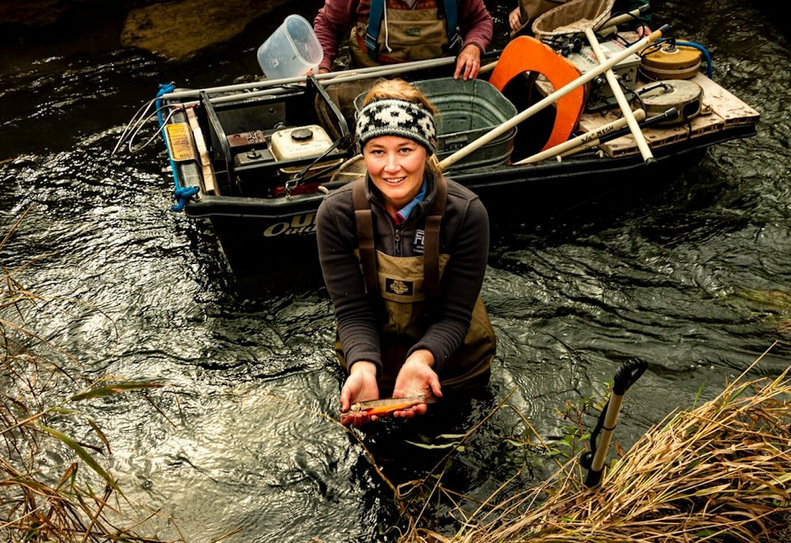I often think of my life in decade intervals. The first ten years was the goofball phase; 11-20 years old involved anything with a ball; 21-30 was consumed by conservation—you get the idea. If we are lucky, we will get eight or nine of these opportunities to think about the new decade in front of us.
Two new books published by the American Fisheries Society: From Catastrophe to Recovery: Stories of Fishery Management Success and Multispecies and Watershed Approaches to Freshwater Fish Conservation (TU scientist, Dan Dauwalter, is the lead editor) lead me to believe that 2020 could be the decade of recovery.
The books track several stories that Trout Unlimited helped inspire or drive such as efforts to protect and then begin to recover California’s golden trout by halting over-fishing, improving cattle grazing, and eliminating non-native trout. In the east, we learn of the successes of the Park Service and local TU chapters to help recover brook trout to the Great Smoky Mountain National Park.

A more nuanced tale is from the Snake River basin where through the decade of the 1990s, a total of 19 sockeye returned from the Pacific Ocean to spawn in Redfish Lake. More than 7,000 fish have returned since then thanks to the use of conservation hatchery practices. Remarkably 95 percent of the population diversity of the sockeye remains intact—a credit to state and federal scientists. The fact remains, however, that until policy-makers and elected officials get serious about removing the four lower Snake River dams, Snake River sockeye, chinook, and steelhead are on a path to extinction.
Walleye, sculpin and other “rough fish” restoration successes are featured. A recurring theme is the need to look at multiple species benefits when conducting restoration. In the Driftless Area of Wisconsin, Minnesota, Iowa, and Illinois, for example, TU staff and volunteers are restoring more than 25 miles of stream per year, and building turtle habitat, frog habitat, and snake hibernacula into their restoration plans. The trout populations often see a 10-fold increase in fish numbers within a year of restoration.

My favorite story is from Phil Pister, a fisheries scientist, and personal hero, who helped to save the Owens Pupfish, a desert species, from extinction.
Phil writes, “I distinctly remember being scared to death. I had walked fifty yards when I realized that I literally held within my hands the existence of an entire species.” Phil saved the pupfish from a pond that was drying up due to irrigation withdrawals, and in the process saved a species from becoming extinct.
As advocates of restoration, we live these stories. After the removal of the Elwha Dam, some wanted to build hatcheries to recover steelhead. TU staffers, Rob Masonis, John McMillan and their colleagues said the resident rainbows would recover their instinct to run back to the ocean and become steelhead. And, by gosh, they did! Steelhead were extirpated from the Elwha after dam construction. Two dams were removed in 2013, and this summer Rob and John snorkeled the stream and estimated that 350 steelhead made it back into the Elwha.

I shared my idea about making the decade of 2020 about recovery with some friends. One friend who is fighting cancer wrote back saying, “I love this concept, not only for our rivers, but also for me and any others dealing with health issues.” Another told me that taking veterans out on the water was a “restoration of his soul.”
Conservation happens when TU chapters work together to repair their rivers or teach kids about the wonders of nature. Restoration occurs when TU staff and volunteers advocate for the Clean Water Act or ballot initiatives in places such as California that drive more conservation funding. Recovery happens across landscapes when people such as Jeremy Geist, Seth Coffman, Tess Scanlon and other TU staff recover wild and native trout in places such as Chequamegon-Nicolet National Forest, the Shenandoah, and Montana’s fabled Rock Creek.
Rivers, and the creatures that dwell in them, are remarkably resilient. Our collective efforts can often make the difference between recovery and continued decline. Whether its good for our health, our souls, or the rivers and streams we love, let’s make the 2020s a decade of recovery.
Chris Wood is the president and CEO of Trout Unlimited.



